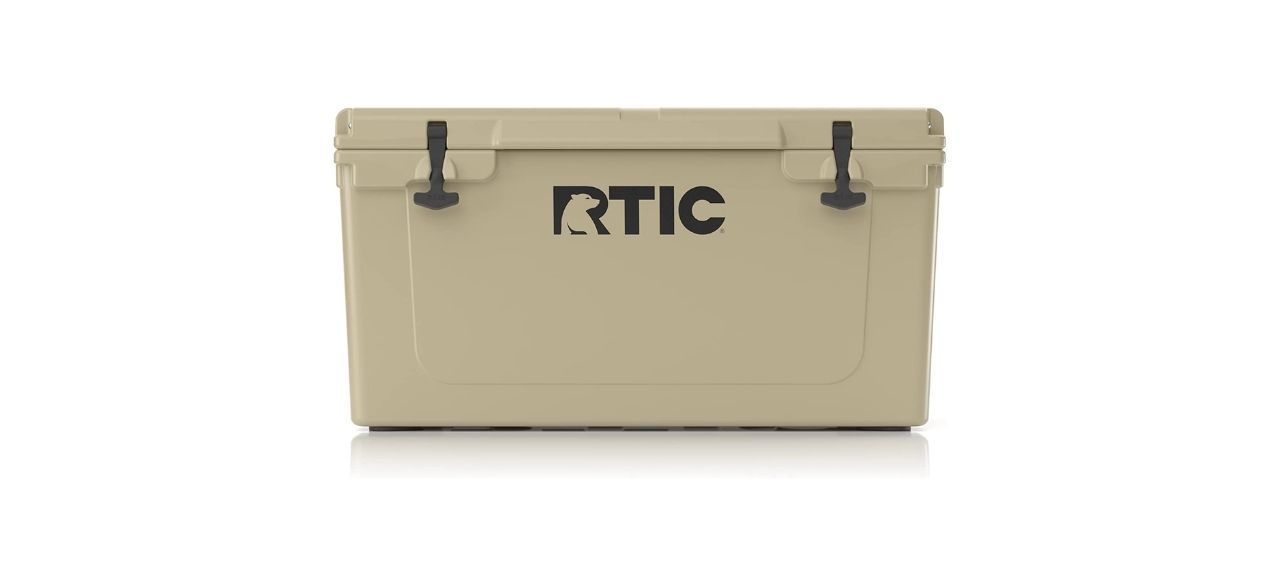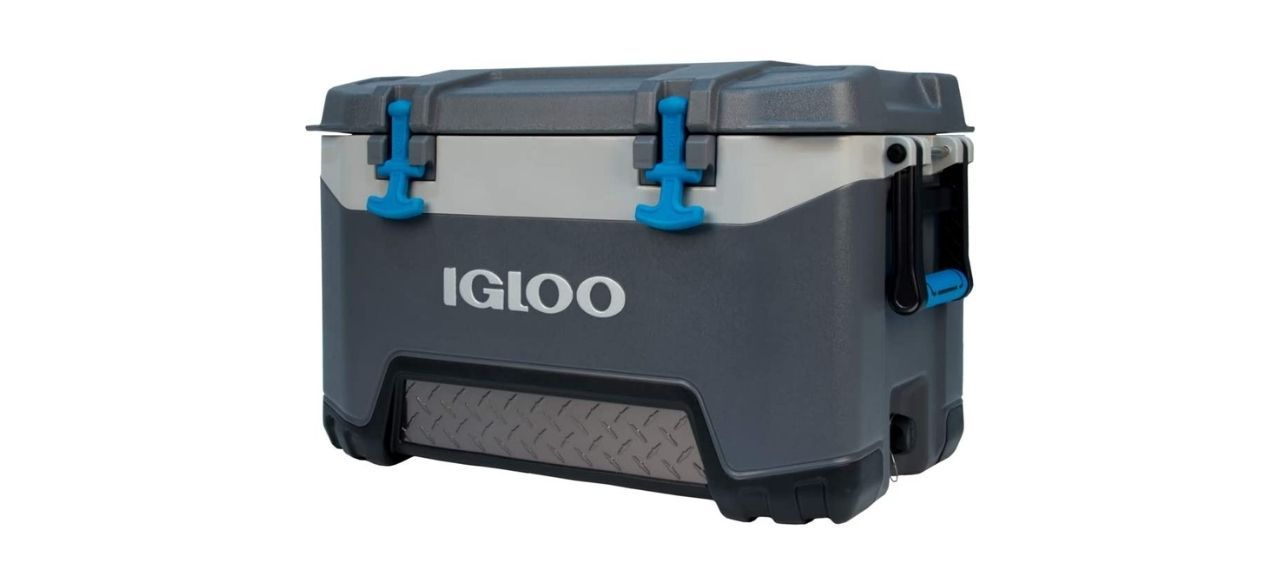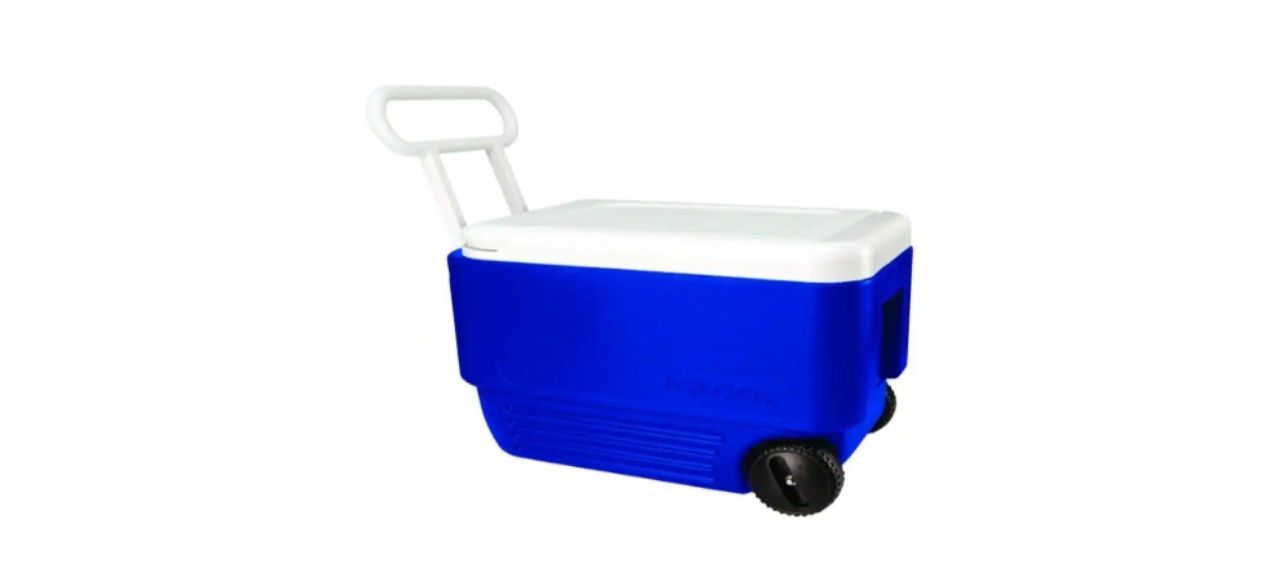Chill time
In the dog days of summer, thoughts are on staying cool. Not just you, but your beverages as well. There’s something about crisp, cold water that’s so much more satisfying on a hot day than a lukewarm (or hot) option.
Since drinks don’t stay cold for long in the blistering summer sun, when you go on an outing, you need a cooler. A good cooler will not only keep your beverages cold, it will keep them cold longer. However, you could have the best cooler on the market and not be getting the results you expected. This article will help you zero in on worthwhile products and provide tips so you get top performance from your cooler as well.
Shop this article: Yeti Tundra 75 Cooler, RTIC Hard Cooler and Coleman Steel-Belted Cooler
What’s the purpose of a cooler?
A cooler is not a refrigerator. Its purpose is not to make things cold. A cooler is designed to limit heat transfer so items remain, more or less, at a consistent temperature.
How does a cooler work?
Heat always moves from a higher temperature to a lower temperature. This continues until all temperatures are the same. For example, if you placed a glass of cold water and a cup of hot water on a table, the cold water would warm up while the hot water cooled down until they were both at room temperature.
A cooler is a tiny fortress that limits the transfer of heat to the inside by using insulation. The better the insulation, the longer food and beverages in the cooler will remain at a consistent temperature.
While there are other important factors, such as how well the cooler seals, insulation is the primary reason one cooler works better than another.
What type of insulation is the best?
A vacuum is one of the best types of insulation because it contains no molecules, so heat can’t easily transfer. This is why quality thermoses are vacuum-sealed stainless steel models.
Since a steel cooler filled with beverages would be heavy to transport, other insulation materials are used. The most popular and most effective is expanded polystyrene foam. This material is light and has tiny sealed air pockets inside that make it tough (but not impossible) for heat to transfer. This is currently the best insulation material that’s commonly used on larger coolers.
Other factors that make a great cooler
Just because a manufacturer is using expanded polystyrene foam, it doesn’t mean they have the best cooler. There are a few other aspects to consider.
Insulated lid
If only the sides and bottom are insulated, the cooler won’t work as well as a model with an insulated lid. The tradeoff is a model with an insulated lid is heavier and costs more.
Insulation thickness
The thicker the insulation is on your cooler, the better it will work. A good goal is 2 to 3 inches of insulation. However, you may only be able to find that on the higher-priced models.
Durability
Some coolers are certified bear-proof. This is great if you’re going camping in the wilderness but unnecessary if you’re only going to the beach. Still, you want a cooler that can handle being thrown in the back of a truck and take a little abuse.
Seal
It doesn’t matter how thick the insulation is if the lid doesn’t seal tightly — any air that enters your cooler will warm it up. Quality models have a gasket and clamps to pull the lid down so it makes an airtight seal. This way, you get the maximum benefit of the insulation.
How to get the best performance from your cooler
Even if you have a great cooler, you might not be getting the top performance. These few tips can help you make the most out of any cooler.
- Chill everything before packing. Don’t expect a cooler to make things cold. That isn’t its purpose. Any warm items you add will heat up the inside of the cooler.
- Freeze your water bottles. The colder the items are when they go in, the better.
- Pack it full. Whatever space isn’t being taken up by food, beverages or ice will be filled with warm air. Always pack your cooler as full as possible.
- Ice goes in last. We all know hot air rises. That means cool air sinks. If you put the ice on the bottom, there’s no way it can rise to the top. Always put the coldest items on top.
- Keep the cooler cool. If possible, don’t place the cooler in direct sunlight. The lower you can keep the external temperature of your cooler, the longer it will be effective.
- Limit opening the cooler. Every time you open the cooler, warm air will rush in from the outside and be trapped inside when you shut the lid. The less opening you do, the longer the cold will last.
Best coolers
This top-of-the line Yeti cooler has 3 inches of insulation, is certified bear-resistant and holds up to 26 cans. It features a gasket in the lid and rubber latches to make a tight seal.
Sold by Amazon and Dick’s Sporting Goods
This extra-large cooler holds up to 65 cans. It has T-latches and a gasket for a tight seal, 3 inches of insulation and marine-grade rope handles for transport.
Sold by Amazon
Yeti Hopper Flip 12 Portable Soft Cooler
This smaller cooler holds up to 12 cans. It is built for rugged treks and has a leakproof zipper closure. The cooler is lightweight, making it easy to carry along on any adventure.
Sold by Amazon and Dick’s Sporting Goods
Under optimal conditions, this 85-can Coleman cooler can retain ice for up to four days. It has built-in handles for transport and is reinforced with steel belting, so it’s strong enough to serve as a seat that can support up to 250 pounds.
Sold by Amazon
This heavy-duty cooler can hold up to 83 cans. It features UV inhibitors to protect the materials against sun damage. The thick foam insulation can retain ice for up to five days under optimal conditions.
Sold by Amazon and Dick’s Sporting Goods
If you want a budget model that’s suitable for afternoon picnics, this Igloo cooler is a solid choice. It holds up to 53 cans, is easy to clean, has built-in wheels and features a reinforced tow handle.
Sold by Amazon
Want to shop the best products at the best prices? Check out Daily Deals from BestReviews.
Sign up here to receive the BestReviews weekly newsletter for useful advice on new products and noteworthy deals.
Allen Foster writes for BestReviews. BestReviews has helped millions of consumers simplify their purchasing decisions, saving them time and money.
Copyright 2023 BestReviews, a Nexstar company. All rights reserved.







